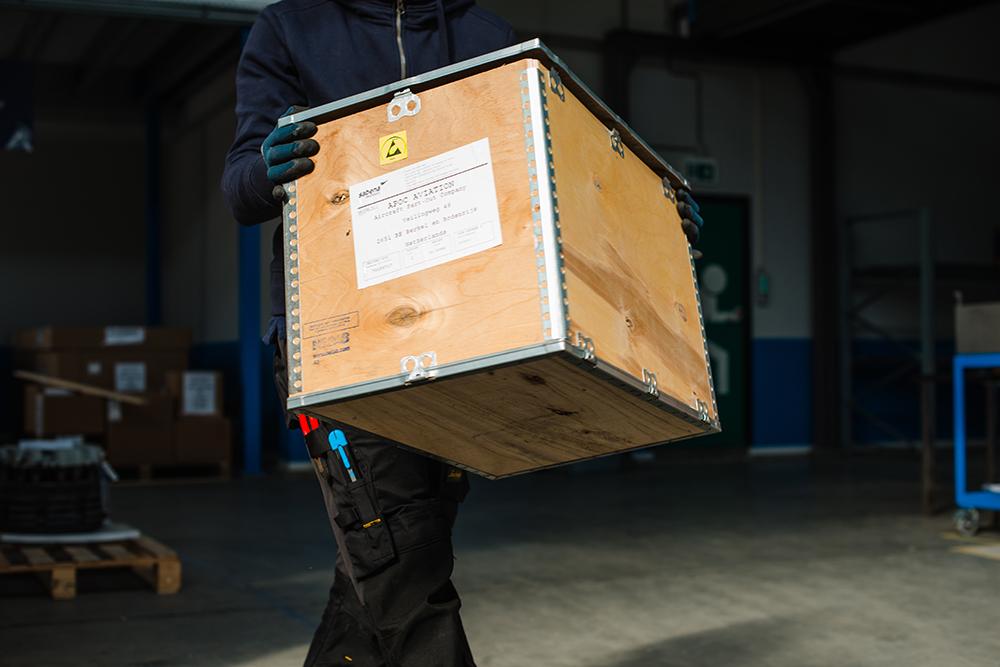
New research from parts procurement specialist SkySelect suggests a rise in non-exclusive contracts and that sourcing parts simultaneously across various suppliers offers the best lead times.
According to the report, based on SkySelect’s customer research and data, this rising interest is driven by a need to improve lead times and on-time performance. SkySelect CEO Erkki Brakmann thinks procurement departments are spending too many resources negotiating contracts that may yield fewer desirable results in terms of on-time performance and cost savings metrics compared to buying transactionally and competitively.
In its research, SkySelect found that sourcing broadly across the market for top-tier and long-tail suppliers yielded better on-time performance and savings metrics. Given the human capital bandwidth constraints across procurement departments, Brakmann believes this strategy is not overly employed today.
“We see that trailblazing industry participants are recognizing that a new generation of technology is available today—and getting better daily—to help accelerate the sourcing effort to effectively realize the metrics they desire,” Brakmann tells Aviation Week Network.
Non-exclusive price sheets and contracts are loose agreements where the buyer is not bound to purchase the parts from a particular vendor, nor is the supplier committed to stock them. Brakmann says out-of-stock part numbers result in longer lead times or require sourcing parts from a different supplier.
“While it’s possible that up to 80% of parts can be covered with non-exclusive price sheets and contracts [and we have seen some customers reach 80% coverage through a combination of contracts and catalogs], only 10-20% typically are covered,” Brakmann says.
Aircraft part requirements can often change at short notice, but contract negotiations with top-tier OEMs and distributors can be a lengthy process, “Therefore, by the time an agreement is reached, the contractual terms may already be outdated or not applicable to current needs or market dynamics,” Brakmann adds.
While traditional thinking suggests these contracts are a convenient and efficient route to purchasing, especially with North American major airlines, there is data to prove otherwise, he says.
SkySelect only focuses on transactional purchases. It sequentially sources parts across thousands of suppliers to yield real-time lead times and maximize cost savings. According to Brakmann, this is only possible with the emergence of new technology, such as SkySelect’s artificial intelligence-powered platform. “The notion of expanding on catalogs, price sheets and contracts is a legacy way of doing business in the absence of technology,” he says.
Brakmann says the data suggests technology yields better results, making sourcing more competitive and transparent in real time. “We have seen that customers achieve better lead time numbers and expand cost savings opportunities by exploring the broader market every single time a part is required—something that was not possible with signing more contracts or maximizing catalogs collection,” he says.
Brakmann adds: “Suppliers no longer have the advantage of tactics such as catalogs or contracts to win when they're not competitive with their offerings. We're making parts sourcing more competitive, which was lacking due to legacy manual processes and shortage of human capital in recent years.”





